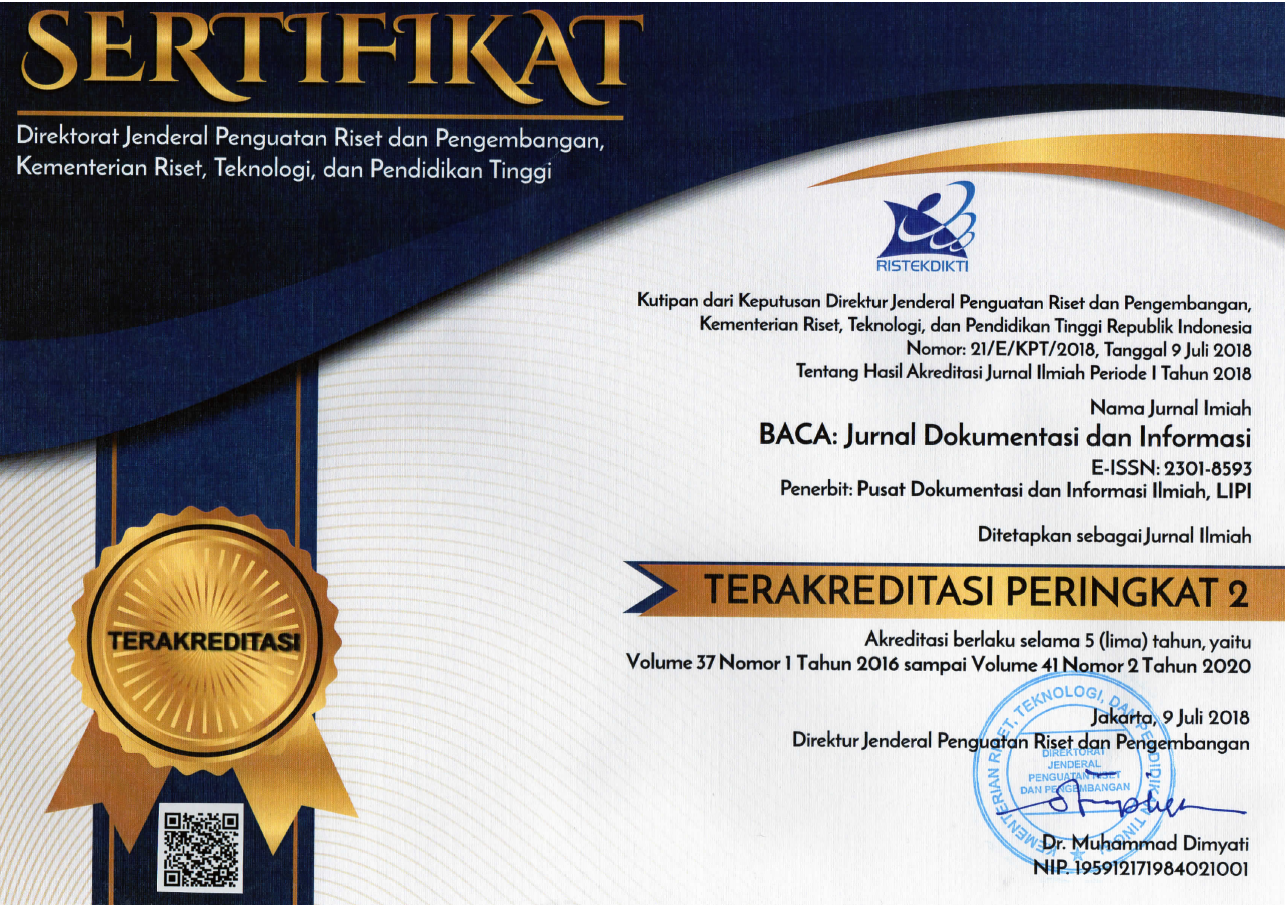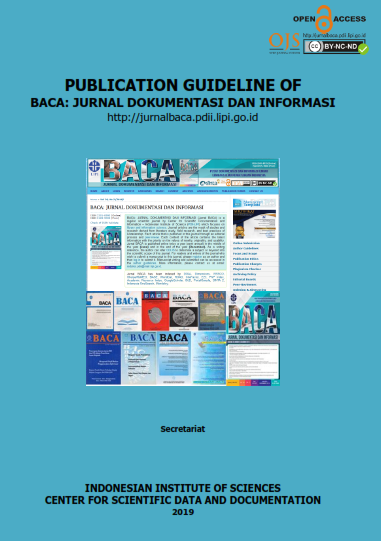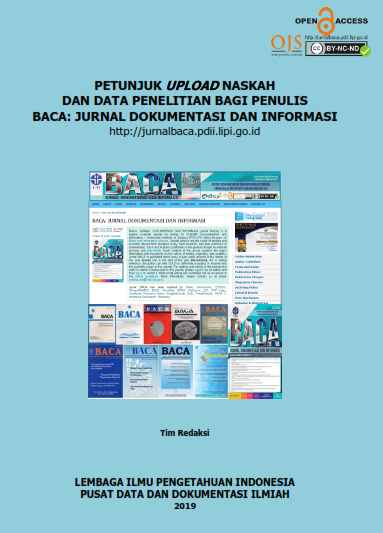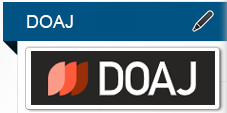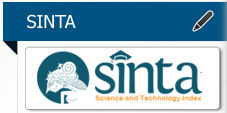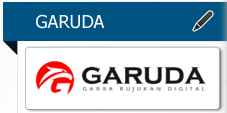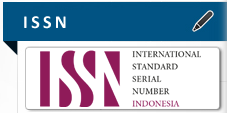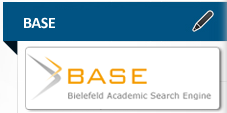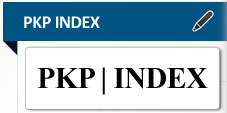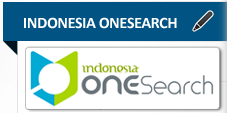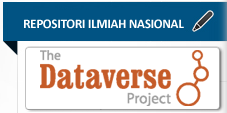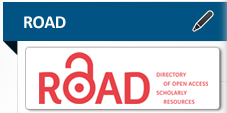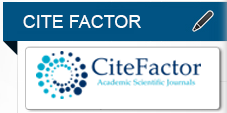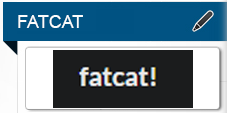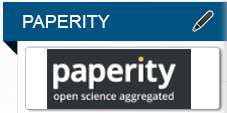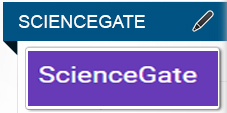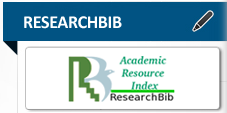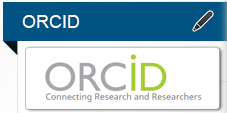KETIKA BENCANA TERJADI: STUDI KASUS PENYELAMATAN DAN PEMULIHAN DOKUMEN MASYARAKAT
Abstract
At the end of 2013, natural disaster Haiyan Cyclone suddenly struck Philippines destroying various infrastructures including representative of property identity assets such as community-owned land documents that stored at Tacloban municipal land administration office. This paper reviews recovery process and handling management of important documents damaged by water in depth and comprehensive. There are some lessons and challenges that can be taken in real time from the volunteer who go directly to help community. Knowledge applied using manual rescue stages and freeze dry vacuum technology adjusts to existing field conditions. For Indonesia it self, now is the time to build many disaster management facilities and experts which is known as multidisciplinary and advanced knowledge. From this lesson we can get a various things from field of information science and documentation. So that in the future four mains basic disaster management which are prevention, preparedness, response, and recovery can be applied by various elements of society.
Keywords
Full Text:
PDFReferences
Alayon, s. B., et.al. 2015. For the Record: The Fate of Libraries and Records Offices in The Visayas, Philippines Devastated by the Typhoon Haiyan. Di http://myrepositori.pnm.gov.my/bitstream/123456789/4189/1/CONSALXVI_StephenBA.pdf.
Black, S. 2004. When Disaster Strikes. American School Board Journal, 191(7), 36-38.
Clement, David. 1985. Preservation of Library Collection. PX: UNESCO. Conservation and Preservation at the National Library of Indonesia: A Report by the International Revew Team for Conservation and Preservation. Jakarta: Perpustakaan Nasional RI.
Echezona, R. I. 2012. Disaster Management in University Libraries: Perceptions, Problems and Strategies. International Research: Journal of Library and Information Science, 2(1).
Ellis, J. 2007. Lessons Learned: The Recovery of a Research Collection After Hurricane Katrina. Collection Building, 26(4), 108-111.
Fleischer, S. V., & Heppner, M. J. 2009. Disaster Planning for Libraries and Archives: What You Need to Know and How To Do It. Library & Archival Security, 22(2), 125-140.
Muir, A., & Shenton, S. 2002. If the Worst Happens: The Use and Effectiveness of Disaster Plans in Libraries And Archives. Library management, 23(3), 115-123.
Nurjannah, N. 2014. Preservasi dan Konservasi Bahan Pustaka dan Arsip Pasca Tsunami di Badan Arsip dan Perpustakaan Aceh. Disertasi. Yogyakarta: UIN Sunan Kalijaga.
Okello-Obura, C., & Ssekitto, F. 2011. Records and Information Disaster Preparedness in Selected Organisations in Uganda. ESARBICA Journal, 30, 135.
Rattan, P. 2013. Role of Library and Information Centres in Disaster Management.
Sable, M. H. 1984. The Protection of The Library and Archive: An International Bibliography. Psychology Press.
Ur Rehman, A. 2014. Importance and Measures of Disaster Management in Libraries. European Scientific Journal.
DOI: https://doi.org/10.14203/j.baca.v0i0.335
Copyright (c) 2018 BACA: JURNAL DOKUMENTASI DAN INFORMASI

This work is licensed under a Creative Commons Attribution-NonCommercial-NoDerivatives 4.0 International License.



